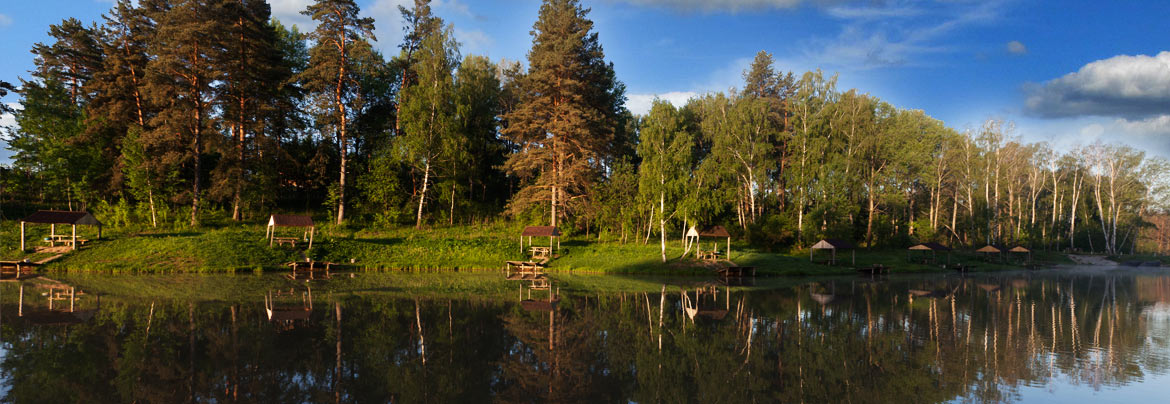Why Russia?
The Russian Federation, commonly known as Russia, is the most extensive country in the world, covering 17,075,400 square kilometres (6,592,800 sq mi), more than an eighth of the Earth’s land area. Russia is a transcontinental country extending across the whole of northern Asia and 40% of Europe; it spans 11 time zones and incorporates a great range of environments and landforms. With 143 million people, Russia is the eighth most populated country. Russia has the world's largest mineral and energy resources, has the world's largest forest reserves, and its lakes contain approximately one-quarter of the Earth's fresh liquid water.
Tourism in Russia has seen rapid growth since the late Soviet times, first domestic tourism and then international tourism, fueled by the rich cultural heritage and great natural variety of the country. At the moment the touristic infrastructure is not developed as demandable. At the same time there is a trend of growing demand to domestic tourism in Russia. Russian tourism area has great investment opportunities.
Why European Russia?
European Russia (also Western Russia or Central Russia) refers to the Western areas of Russia that lie within Europe, comprising roughly 3,960,000 square kilometres (1,528,560 mi²), larger in area than India, and spanning across 40% of Europe. Its Eastern border is defined by the Ural Mountains and in the South it is defined by the border with Kazakhstan. This area includes Moscow and St. Petersburg, the two largest cities of Russia.
Roughly 78% of the entire Russian population (about 110,000,000 people out of an approximate total Russian population of 141,000,000) lives in European Russia, at an average of 27 persons per km² (10.5 per mi²). However, 75% of Russia's territory lies within Asia and accommodates only 22% of its population at 2.5 persons per km² (0.95 per mi²).
The most quantity of wealthy population is living in European Russia especially in Moscow and St.Petrburg regions.
Why Tula region?
Tula Region (Tula Oblast) is situated souther than Moscow region and has a board with it. Its administrative center is the city of Tula. The oblast has an area of 25,700 square kilometers (9,900 sq mi) and a population of 1,553,925.
Tula Oblast has as many as 32 museums. Several are located in the administrative center of the oblast, the city of Tula, notably the Tula State Arms Museum, the Tula Kremlin, and the Tula Samovar Museum . Another important cultural tourist attractions is the home and country estate of Leo Tolstoy, Yasnaya Polyana, located 12 km outside of the city of Tula and the well-known artist Dmitriy Polenov, located in Zaoksky district.
The oblast also has four professional theaters, a philharmonic orchestra, and a circus.
Tula region is very attractive area to Moscow population for tourism. It is located 103 km outside Moscow and it possible to get pictures Zaoksky district by car from Moscow by 1 hour.
Why Velegozh Park Villa Resort?
Velegozh Park Villa Resort is located in Zaoksky district of Tula Region near the southern board of Moscow region and it is one of preferable places for Muscovites for leisure. The great location near to Moscow, the wonderful Oka river, aged pine forest, hilly country, significant museum of Dmitriy Polenov area make this place unrivalled.
The trend is in rapidly growing demand from people who live in Central Russia to domestic tourism and short-terms travelling not far from their place of residence.
Clients could get an opportunity to make a short-term trip for holidays to Velegozh Park Villa Resort and to rent the villas there. The UNIPARX Development do business in this area for 3 years and at the moment plan to develop it by constructing new infrastructure and ne villas for renting.
Investment packages to suit preference are available, all provide the potential of attractive returns with optimum security and managed through professional organisations with unprecedented track records of delivery.








